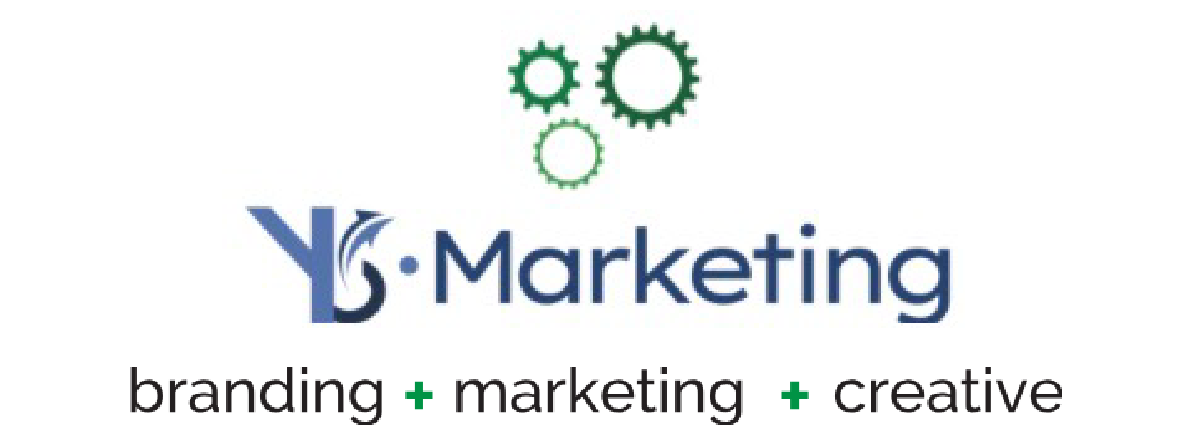
The Basics of SEO
SEO stands for “Search Engine Optimization” and is the process of increasing site visits from natural search results by improving site relevance and usability and by increasing site community reputation. Wow that was a mouthful. Basically, SEO gets you more visits by making you appear higher on search result pages. This is done through improvement in two areas; on-page optimization and off-page optimization.
Before we go any further, a quick disclaimer. SEO is incredibly complex, and the only people who truly know what the search algorithms entail are the ones who wrote them. This blog is just an intro into the world of SEO (and a pretty shallow one at that). We just want you to have a basic understanding so you know where to start your search!
But you’re a businessman. Time is valuable. Why should you take the time to know about SEO, and is it really worth knowing about? Before the widespread use of the internet, when you needed a bit of information or a service rendered, you checked out the yellow pages, drove around until you saw something good, or asked friends for advice. Now, you just do a quick search, and usually go with what shows up at the top. Where a business appears on the search engine results page is just as important to its success as where it’s physical storefront is.
At face value, this whole effort seems like we are trying to please the search engines of the world. In a way, that isn’t too far off. Big search engines like Ask, Google, and Bing write their search algorithms to bring people to the most relevant sites to their search that offers the best user experience. Leading a user to shady sites that aren’t relevant to what is being searched for looks bad on them. These algorithms are closely guarded trade secrets, so we can only make educated guesses as to what they look for.
As site builders, we are trying to prove to the all mighty search engine that our website is the most relevant and easiest to use. This is where the first half of SEO, on-page optimization, comes in. As the name suggests, this is what we can do on our website to help make our relevancy case. It is also the only part of SEO we have direct control over. Ease of use plays a big role here. If our site is quickly navigable with fast loading times and easy to see directions, it will usually do well. HTML tags and keywords are also quite important. Since these search engine algorithms are programs, they can’t understand images or video content. So even if your website looks great, if you have unorganized coding that lacks proper tags and keywords, you will get swept under the rug.
One of the biggest parts of on-page optimization is unique and valuable content. Every marketer worth their salt talks constantly about good quality content. In addition to giving your visitors a reason to stay once they get to your site, content shows the search engine algorithms that you are a unique and constantly updated web page. Stale sites with copied content are usually swept pretty far down the search results lists. Remember, that delivering users to good sites is the search engines’ value proposition. The more value you can develop for your visitors the better search engines will see your site.
We can’t go much further without talking about page rank. Your site’s page rank is an unknown score assigned to a page on your website for a variety of factors mostly related to your optimization efforts. While not necessarily important to your on-page optimization, it is vital to the second half of SEO, off-page optimization. Page rank is used for, and primarily generated by, exterior linking. It is also heavily factored into your results page placement. The ranking process is complicated, and (again) a closely guarded trade secret. What we need to know, is when coupled with a solid on-page foundation, the more reputable pages that link to your page, the higher the page rank.
Links can be sourced in a variety of ways. The most efficient way is simply by real-life community. Being familiar with others in your field can be a wonderful source of links. Links can also come from you linking to other sources on your pages. In some cases, sites will notice it through their analytic software, and link back to you. Whatever your process is, the most important things to remember is diversity, quality, and reputation of link sources. Google is especially strict on the last. A few years ago, JC Penny’s marketing firm paid a shady off-shore development company to create hundreds of thousands of no-name sites with the sole purpose of linking to JC Penny’s website. Google found out, and punished them harshly. They didn’t show above page 3 in the results page for around three months, costing the company estimated millions of dollars.
We hope this brief explanation and expansion was helpful. If you have more questions, shoot us an email, or a message on our Facebook page. If you are interested in learning more about SEO, check out the SEO Academy or the folks over at Moz. (Look at us linking to other pages!)
